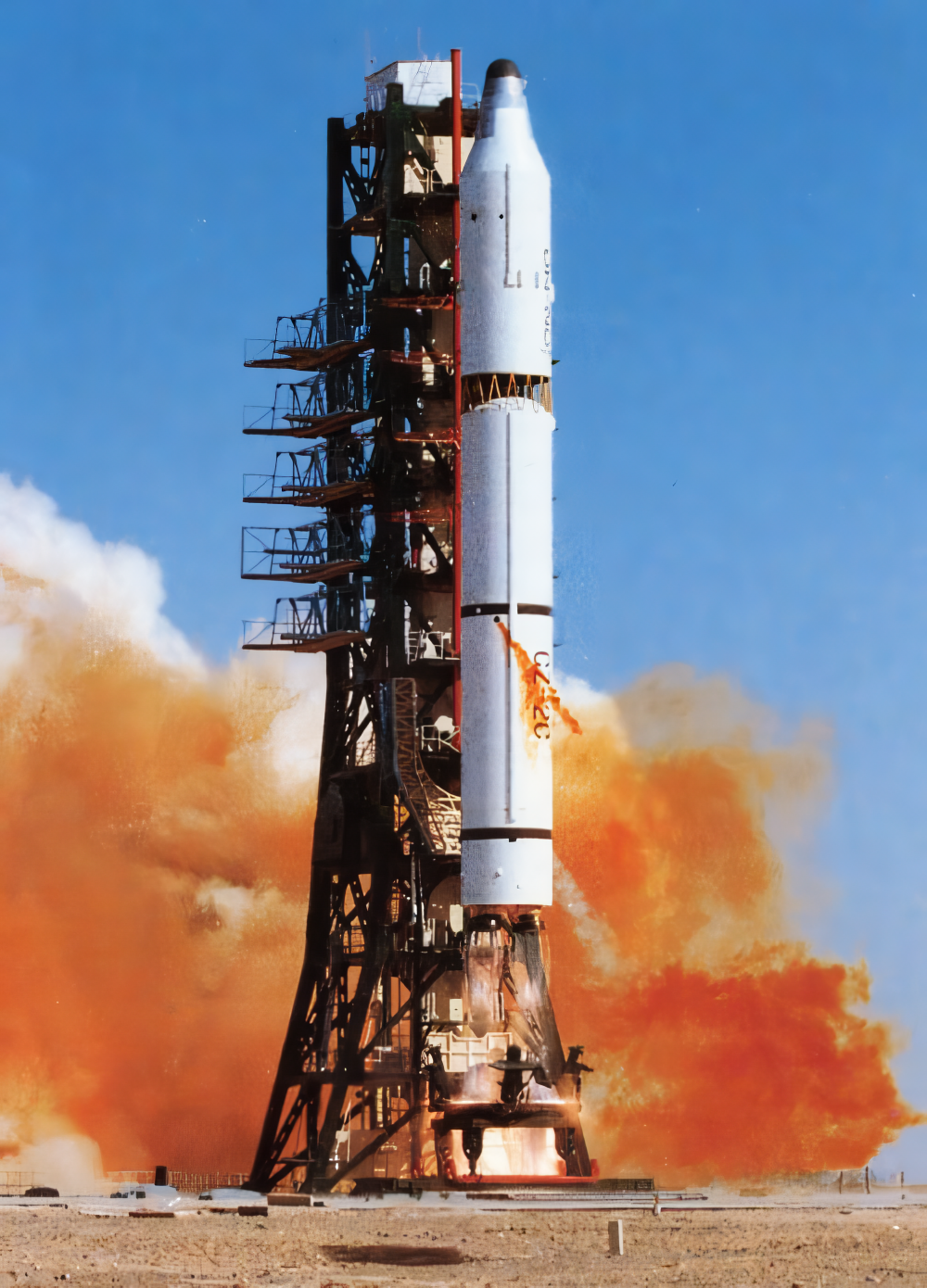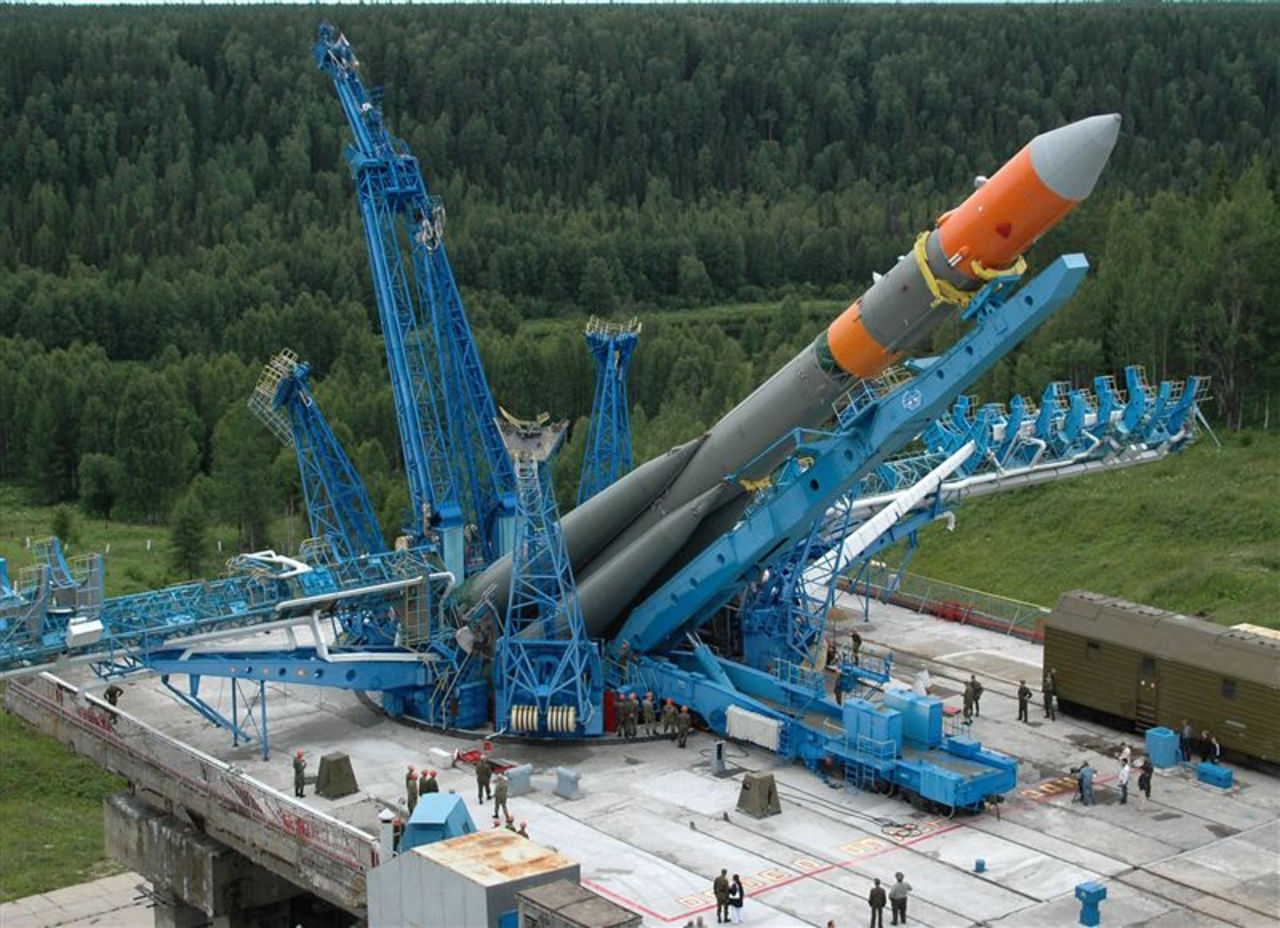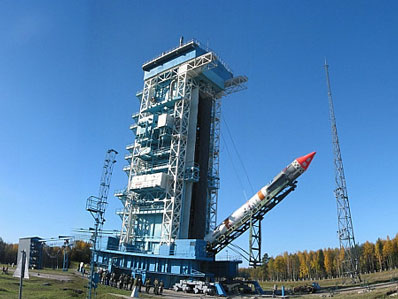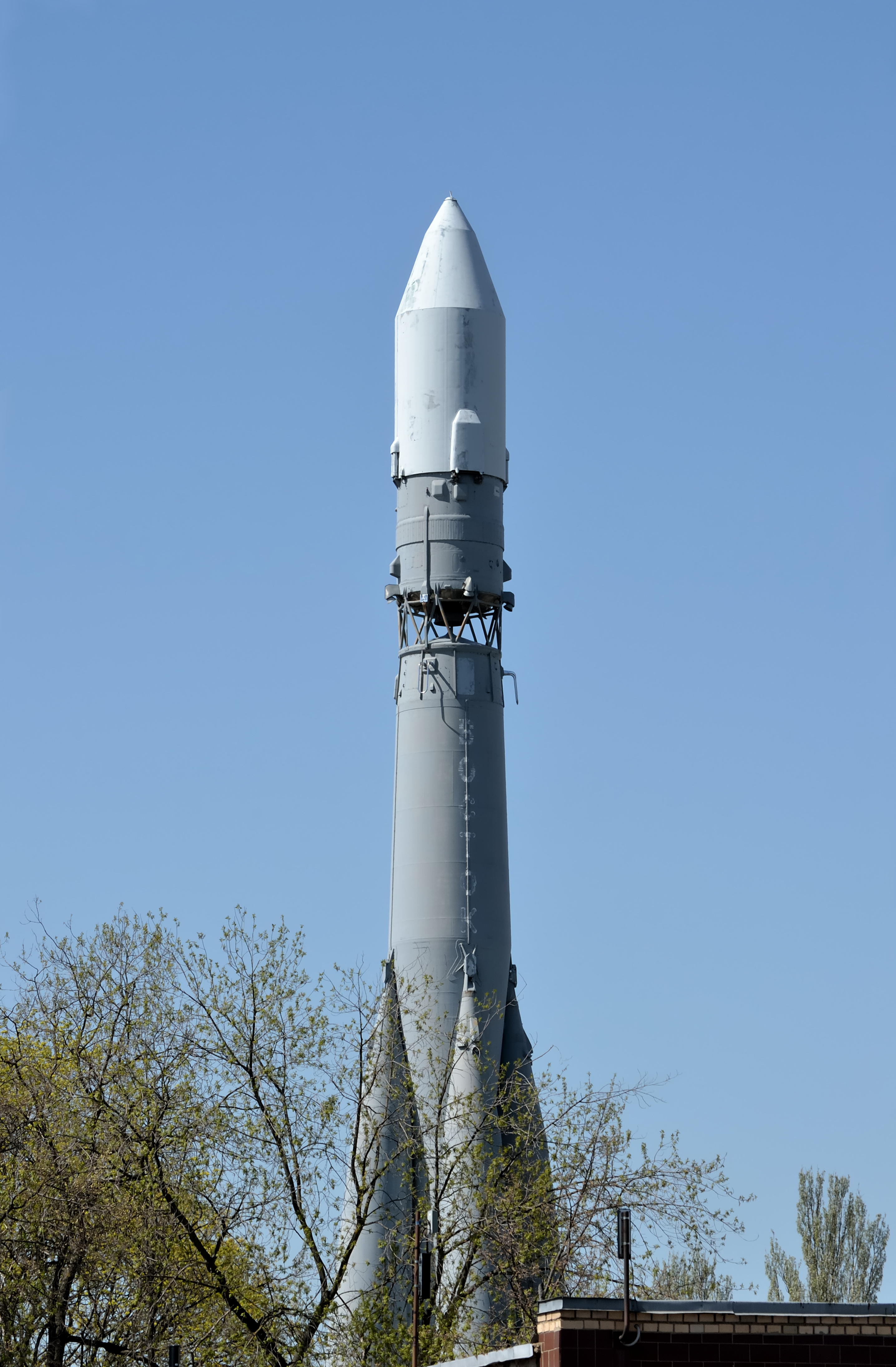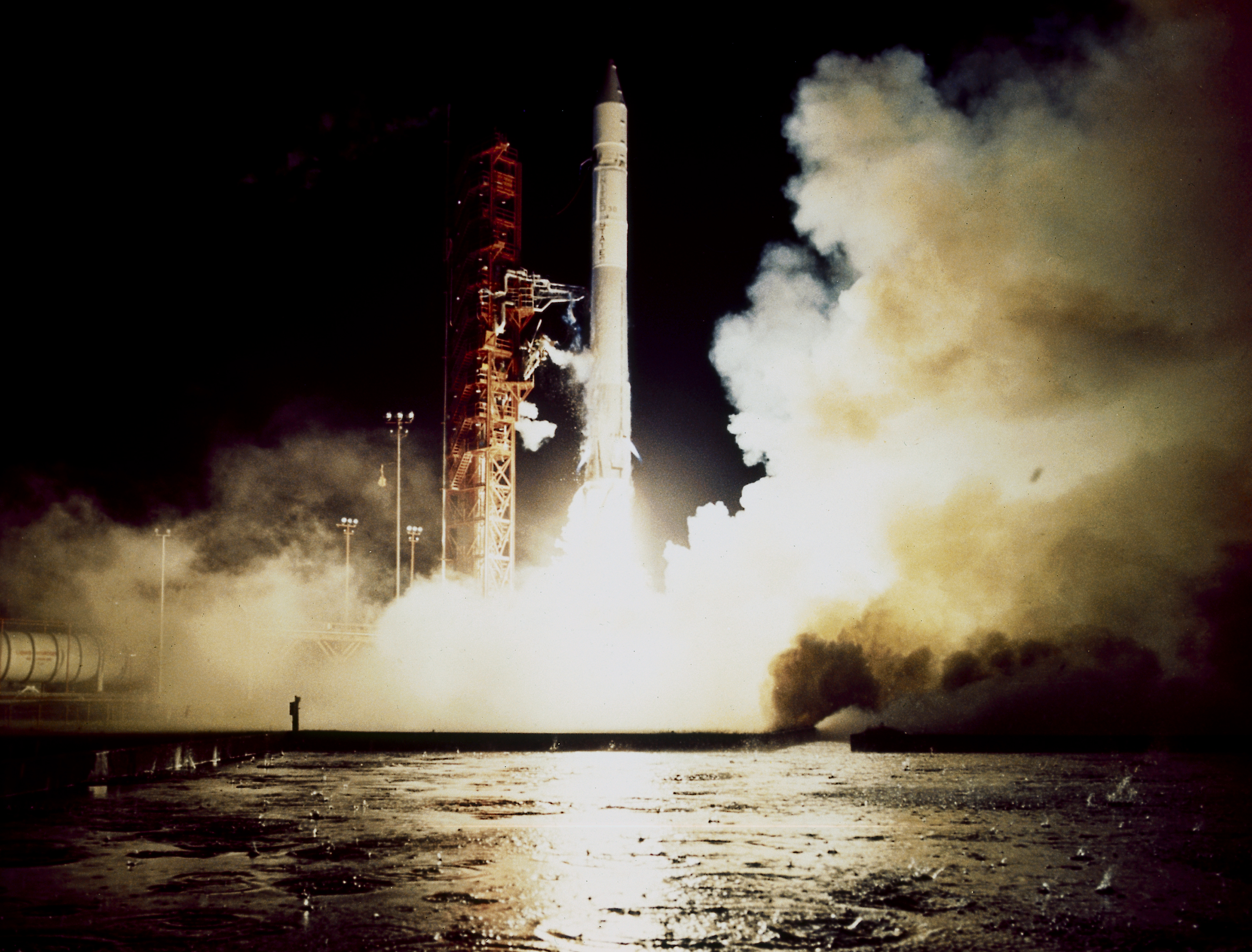Previous Spaceflight Launches
Filter by Agency, Locations or Vehicles
Show All LaunchesLong March 2 | FSW-0 3
China Aerospace Science and Technology Corporation | ChinaJiuquan Satellite Launch Center, People's Republic of China
Jan. 26, 1978, 5 a.m.
Soyuz U | Zenit-4MKM 10
Russian Federal Space Agency (ROSCOSMOS) | RussiaBaikonur Cosmodrome, Republic of Kazakhstan
Jan. 24, 1978, 9:50 a.m.
Molniya-M | Molniya-3 20L
Russian Space Forces | RussiaPlesetsk Cosmodrome, Russian Federation
Jan. 24, 1978, 6:51 a.m.
Soyuz U | Progress 1
Russian Federal Space Agency (ROSCOSMOS) | RussiaBaikonur Cosmodrome, Republic of Kazakhstan
Jan. 20, 1978, 8:24 a.m.
Kosmos-3M | Parus 12
Russian Space Forces | RussiaPlesetsk Cosmodrome, Russian Federation
Jan. 17, 1978, 3:26 a.m.
Soyuz U | Zenit-2M 84
Russian Federal Space Agency (ROSCOSMOS) | RussiaPlesetsk Cosmodrome, Russian Federation
Jan. 13, 1978, 3:15 p.m.
Kosmos-3M | Strela-1M 137-144
Russian Space Forces | RussiaPlesetsk Cosmodrome, Russian Federation
Jan. 10, 1978, 8:51 p.m.
Vostok 8A92M | Tselina-D 14
RKK Energiya | RussiaPlesetsk Cosmodrome, Russian Federation
Jan. 10, 1978, 1:23 p.m.
Soyuz-U | Soyuz 27
Russian Federal Space Agency (ROSCOSMOS) | RussiaBaikonur Cosmodrome, Republic of Kazakhstan
Jan. 10, 1978, 12:26 p.m.
Status: Launch Successful
Mission:
Soyuz 27 carried Salyut 6 EP-1 mission to the Salyut 6 space station. The mission began on January 10, 1978, 12:26:00 UTC, launching Commander Vladimir Dzhanibekov and Flight Engineer Oleg Makarov into orbit. They docked with the station the next day. During their 5-day stay on the station, crew performed various scientific and technological experiments. EP-1 crew swapped vehicles with the Soyuz 26 (EO-1 expedition) crew, which allowed for a longer stay in orbit for EO-1. EP-1 crew returned in the Soyuz 26 spacecraft, landing safely back on Earth on January 16, 1978, 11:24:58 UTC.
Low Earth OrbitAtlas SLV-3D Centaur | Intelsat-4A 3
Convair | United States of AmericaCape Canaveral SFS, FL, USA
Jan. 7, 1978, 12:15 a.m.
